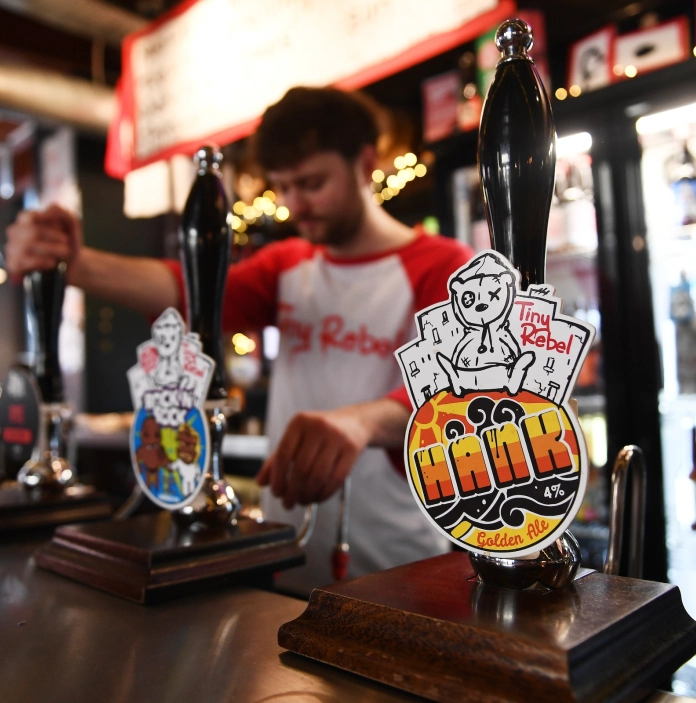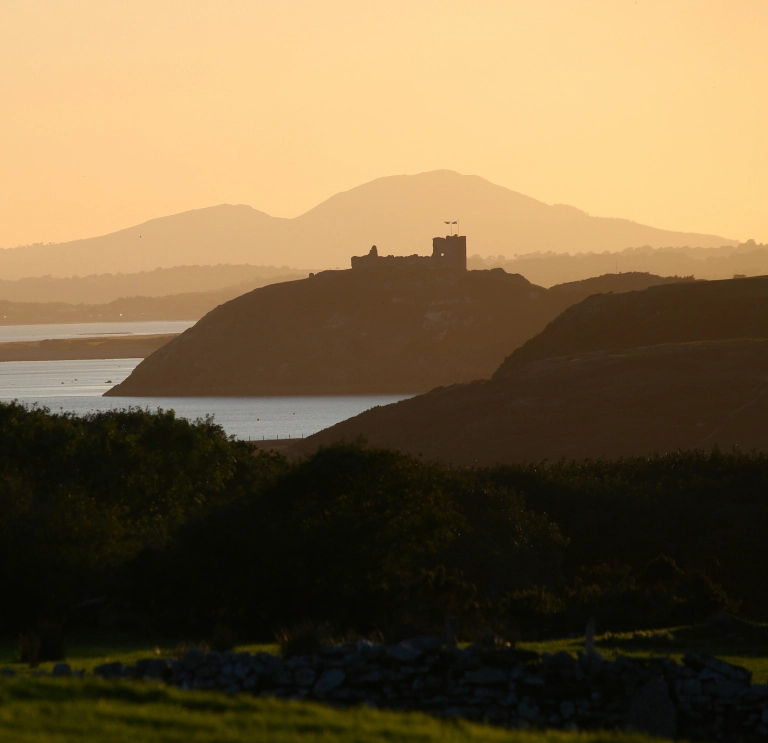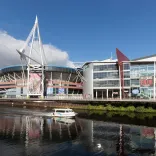With rolling hills, dramatic mountains, hundreds of castles, cascading waterfalls, rare flora and fauna and a coast path that runs along the entire coastline of the country, in Cymru, beauty is everywhere. Our cities are compact and our towns bustling with community life.
Key facts and figures
Population: 3.1m
Location: Part of Great Britain
Size: 20,800 square km
Time zone: GMT
Currency: Pound Sterling
National Day: St David’s Day, 1 March
National symbols: Dragon, daffodil and leek
Language: Welsh and English
Cities: Seven – Caerdydd (Cardiff, the capital city), Casnewydd (Newport), Abertawe (Swansea), Bangor, Tyddewi (St Davids), Llanelwy (St Asaph), Wrecsam (Wrexham)
Cymru is made up of 22 local authority areas. For the purposes of Visit Wales, we 'split' these areas into larger regions: North Wales, Mid Wales, West Wales, and South Wales.
The regions are made up of the following local authorities.
- Conwy County
- Denbighshire County
- Flintshire County
- Gwynedd
- Wrexham County
- Ynys Môn / Isle of Anglesey
- Ceredigion County
- Powys County
- Carmarthenshire County
- Neath Port Talbot
- Pembrokeshire County
- City and County of Swansea
- Blaenau Gwent County Borough
- Bridgend County Borough
- City of Cardiff
- Caerphilly County Borough
- Merthyr Tydfil County Borough
- Monmouthshire County
- Newport City
- Torfaen County Borough
- Rhondda Cynon Taf County Borough
- Vale of Glamorgan
A brief history of Cymru
While Cymru's land is thought to have been inhabited since circa 250,000 BC, it only became a recognised country in 1536 with Henry VIII's Act of Union. Between 1216 and then, it was a principality. Within the last few millennia, Wales has been home to European Celtic tribes, Roman and Saxon invaders and people from all over the world who have settled here. The south of Wales is more densely populated with people living in and around the surrounding areas of our capital city, Caerdydd, however as it’s only 170 miles (270 km) from South to North and at its narrowest point from East to West is approximately 60 miles (97 km), our population is spread out with people living in towns and cities across the country, each with their own unique feel, but the same Welsh Welcome.
Cymru has its own language and identity, both of which are held in high esteem by Welsh people. It has a devolved parliament (the Welsh Parliament) and a government (the Welsh Government) that makes laws, agrees taxes and represents Welsh people, though the UK Parliament and Government hold significant power and influence.
Cymru is often called the castle capital of the world. With over 600 sites remaining, we have more castles per square mile than any other country in Europe. Most can still be visited (and you can even stay in some of them), and are managed by Cadw (the Welsh historic environment service), the National Trust, or by private owners.
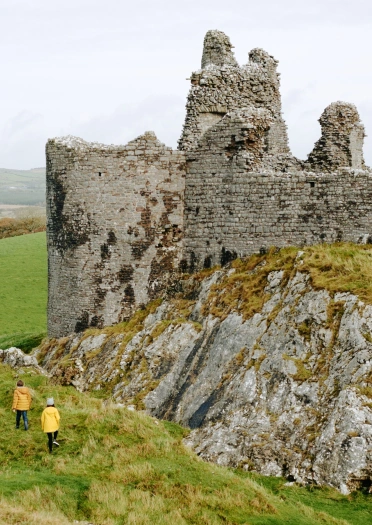
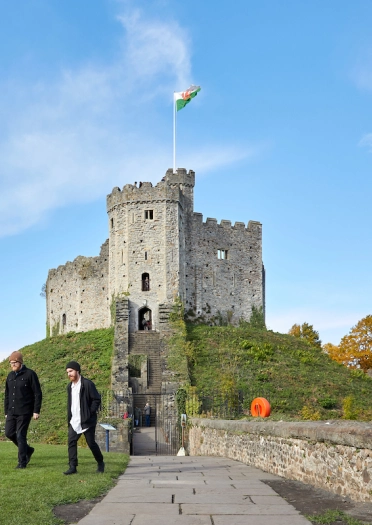
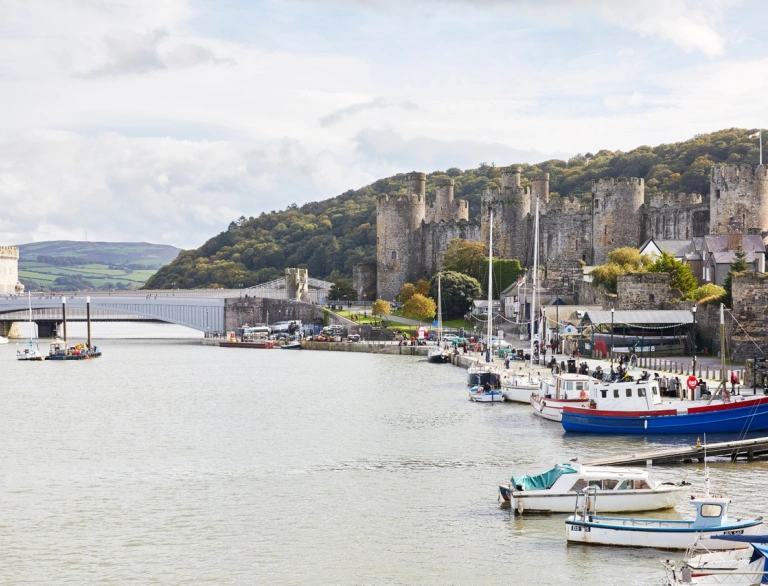
Sport
Rugby is the national sport here; the Welsh are known globally for their skill in the game and compete in the Six Nations and the Rugby World Cup. In recent years, the Welsh national men's football team have also done well internationally - they reached the semi-finals in the UEFA Euro 2016 championship and qualified for the 2022 FIFA World Cup.

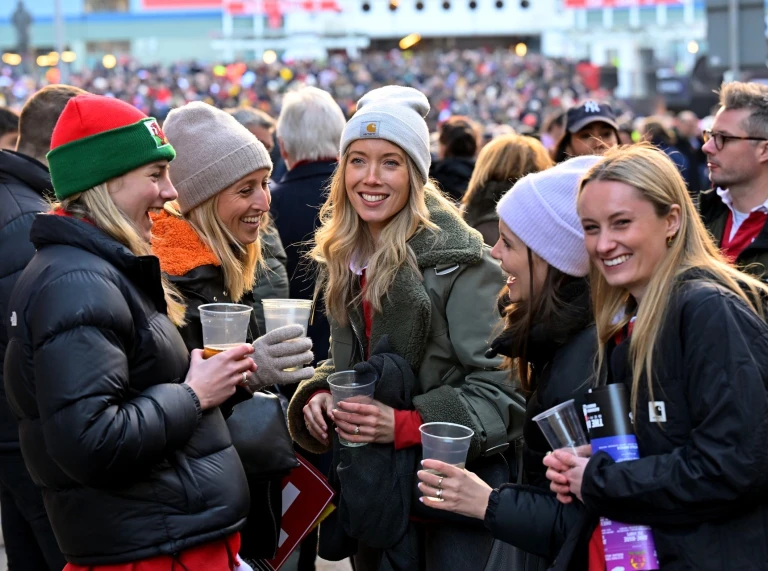
Culture
The Welsh national anthem picks out 'beirdd a chantorion' – the poets and singers – for special mention. That tradition continues to this day at our eisteddfod, the annual celebration of the language and its culture that have been part of Welsh life since 1176. Today, the National Eisteddfod festival is held every year in a different Welsh location, as a showcase for music, dance, visual arts, literature, and original performances. Over 6,000 people compete each year, and to be 'chaired' as the Bard is a prestigious honour.
Many famous actors, singers, writers, poets, musicians and artists were born in or come from Wales, including Anthony Hopkins, Shirley Bassey, Tom Jones, John Cale, Roald Dahl, and Kyffin Williams. More contemporary Welsh stars include Luke Evans, Charlotte Church, Catherine Zeta Jones, Michael Sheen, Christian Bale, and Taron Egerton. Read more about our cultural history and famous faces.
Today, the Welsh music and arts scenes are alive with the sounds of bilingual music, poetry, art, and everything in between...
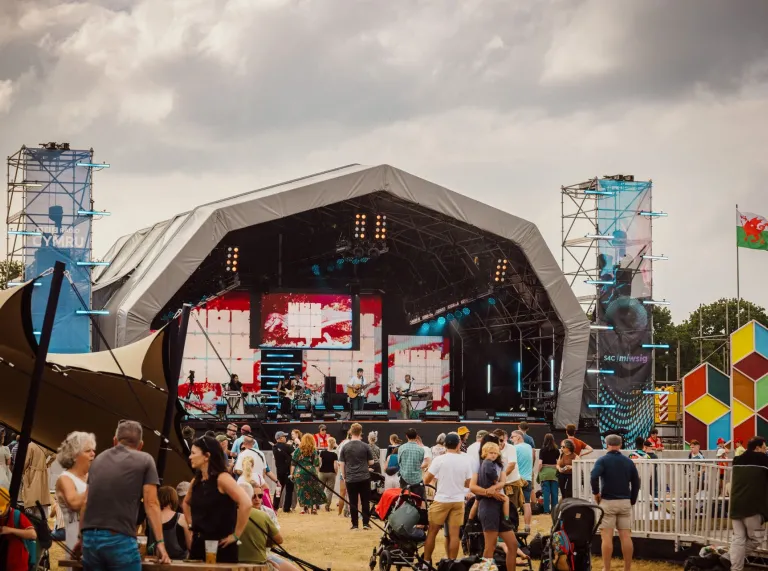

Weather
Wales’ weather is mild and variable - with average temperatures of around 20°C (68°F) in summer, and 6°C (43°F) at low altitude in the winter months.
Our weather is very similar to the rest of the UK and Ireland, which means it can be wet here from time to time and can be cloudy and sometimes windy. Spring and summer are usually pleasantly warm and dry, while autumn is windy and rainier and winter is cold, icy and sometimes snowy, especially in mountainous and hilly areas.
When is the best time to visit?
Fortunately, Cymru has a great array of things to do in each of its seasons, from daffodil walks in spring to dolphin spotting in the summer.
All the seasons offer something different, with a variety of things to see and events taking place.
Spring (March, April, May) is a lovely time to see flowers and enjoy wildlife.
Summer (June, July, August) is the most popular time to visit. It is usually the warmest and it is light from very early in the morning until around 10pm at night but it is the busiest season.
Autumn (September, October, November) is often a quieter time to visit. Enjoy lovely autumn colours and food and film festivals. In November many Christmas events take place.
In Winter (December, January, February) it is much quieter. The landscape is picturesque with snow capped mountains. Take a romantic break and celebrate St Valentine's Day in February, or St Dwynwen's Day on 25 January.
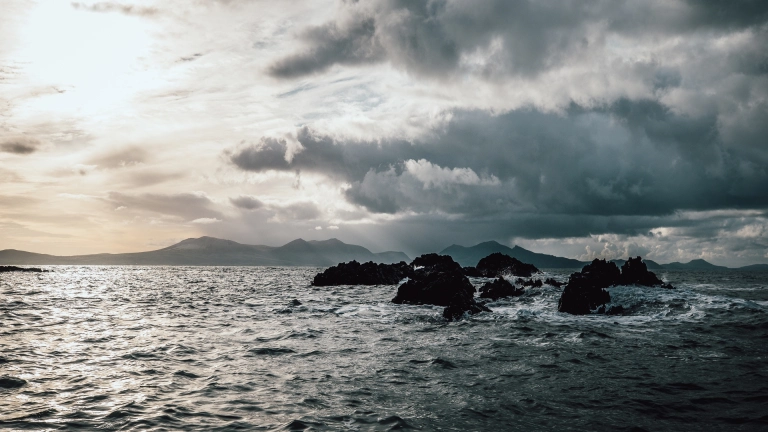
How to get to Cymru
As part of the UK, Wales is easy to get to by air, land and sea. Cardiff Airport is the National Airport of Wales, it is the gateway to Cymru and currently has 34 direct routes and more than 150 connecting destinations available worldwide via Amsterdam Schiphol. Located in the Vale of Glamorgan, the Airport is just 13 miles from Wales’ only motorway, the M4, and around 30 minutes from Caerdydd city centre. Cardiff Airport is served by bus and rail, connecting passengers with Caerdydd city centre. Some of England's airports are well placed for Wales, too.
Bristol Airport is about 90 minutes to Caerdydd by car, while Liverpool John Lennon Airport and Manchester Airport are just an hour by car to North Wales. Birmingham Airport is accessible to Mid Wales. London (including its airports and Eurostar stations) takes about two and a half hours by train.
For more detailed information on how to get to Cymru, including information on arriving by cruise ship or ferry, read our guide on getting to Wales from outside the UK.
While you may need a passport to get into the UK, you don't need to show your passport at the Welsh border with England. Note that if you live outside of the UK, you may need a UK visa to visit Wales. To find out more about this, visit the UK Government Visas and Immigration website.
Getting around Cymru
By train
There are train lines connecting all four of the main sections in Cymru, with main lines connecting larger towns and cities, and branch lines that reach places further out. Transport for Wales manage rail services across Cymru and some parts of England.
Some of our railway lines are particularly scenic, such as the Heart of Wales Line that cuts across rolling hills, the Cambrian Coast Line that hugs the North West coast and the Conwy Valley Line running through Eryri (Snowdonia). There are plenty of heritage railways in operation too.
By car
Wales' colourful landscapes make for lots of scenic driving routes around the country. Getting from north to south isn't fast as you have to drive through mountain ranges and National Parks, but it's so pretty that you'll want to stop to take in the views.
Cars drive on the left-hand side in Cymru. There are rules and regulations around driving, so check the UK Government website if you plan on driving here. You can find EV charging points using the Transport for Wales electric charging point map.
Other transport
There are good options if you want to travel by bus or ferry and almost too many walking routes to count, including the Wales Coast Path. Read our dedicated page to find out more about getting around Wales.
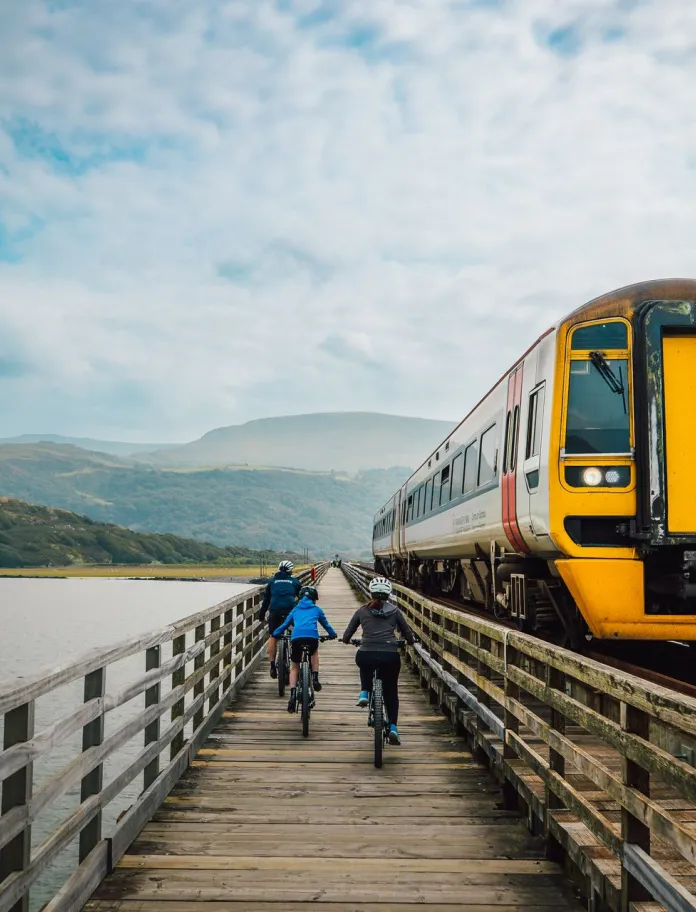
How many passengers can a taxi take?
Most taxis on the street take four to six passengers. It's possible to hire bigger vehicles when booking in advance.
Useful information
Money
Interestingly, all UK coins (and many coins from countries around the world) are made in Wales at the Royal Mint, which you can visit. Like the rest of the UK, pound sterling is the currency used here. Most places in Wales accept major credit cards from Visa and MasterCard, but some places and transport providers only accept cash payments.
You can take out cash at automatic teller machines (ATM) machines, which you'll find on high streets, in banks and at service stations. Some ATM machines charge for withdrawal. To change money, head to a Post Office or major bank. For more information, read our guide to currency in Cymru.
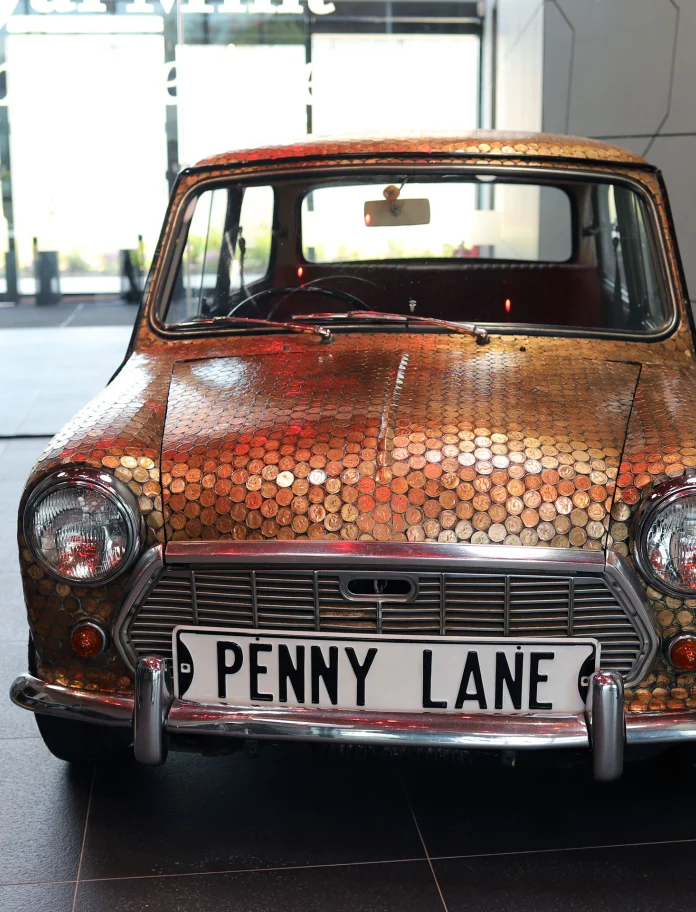
Etiquette
Cymru is a polite, friendly and patriotic country. Its people are welcoming and they follow most of the etiquette practices that the rest of the UK, such as queuing and saying 'please' or 'thank you'.
Tipping
You are not obliged to tip in Cymru, but if you think the service you've received has been very good you can leave a little extra (10% of the bill is considered more than enough). Some restaurants add an optional service charge to the bill, but if you do not want to pay it you can ask for it to be removed.
Laws
In Cymru, some laws are different to those in other parts of the UK. This is because the UK government has given power to the Senedd Cymru (Welsh Parliament), to make some of its own laws. These laws apply to visitors to Cymru too.
The law is especially different in lots of the areas that affect children and young people, including education, health and social care. To give children the best start in life, in Cymru it is illegal to physically punish children. School term dates and therefore holidays sometimes fall in different weeks to those in England, Scotland and Northern Ireland.
Cymru was one of the first countries in the world, and the first nation in the UK, to introduce legislation to have a default 20mph speed limit. The change applies to restricted roads only. These are usually in residential and built-up areas where there are lots of people. They often have street lights on them, placed no more than 200 yards apart.
Posting letters and parcels
You can post letters and parcels at branches of the Post Office. Some newsagents sell books of stamps for posting things within the UK, while Post Office branches sell individual stamps and international stamps. Find your nearest Post Office branch online.
What are the common shopping hours?
Most shops open 9 am to 5 pm Monday to Saturday, with many opening later. Some supermarkets open 24 hours a day from Monday morning until Saturday evening.
Many shops have Sunday opening from 10 am to 4 pm or 11 am to 5 pm. Smaller shops can open outside of these hours.
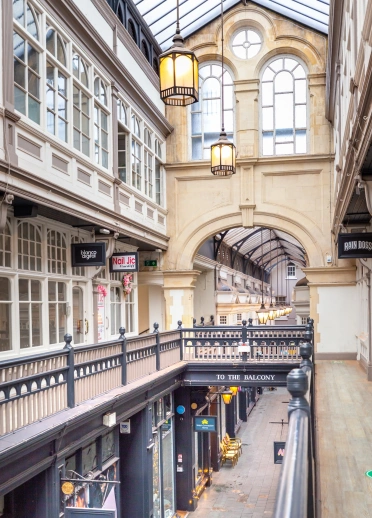
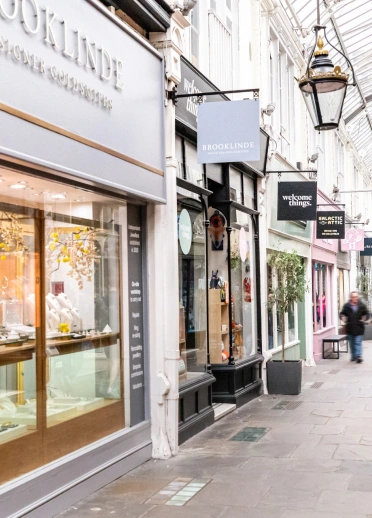
How much do carrier bags cost?
A minimum charge of 10p applies to carrier bags.
What health and safety advice is available for walkers and outside activities?
Exploring the outdoors is fantastic fun, but please read up on the risks and make sure you are prepared.
Find safety advice for exploring Wales' National Parks and safety tips for staying safe on the Welsh coast. Visit AdventureSmart.uk for information on how to stay safe whilst exploring Wales.
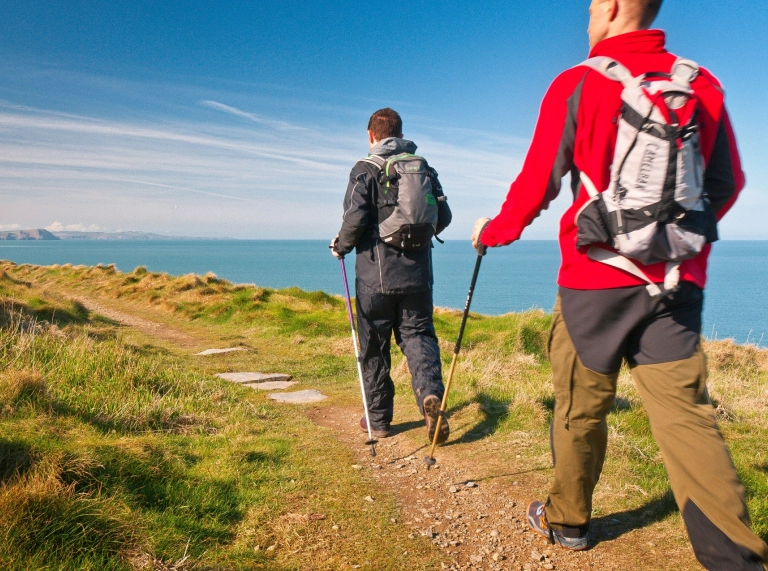
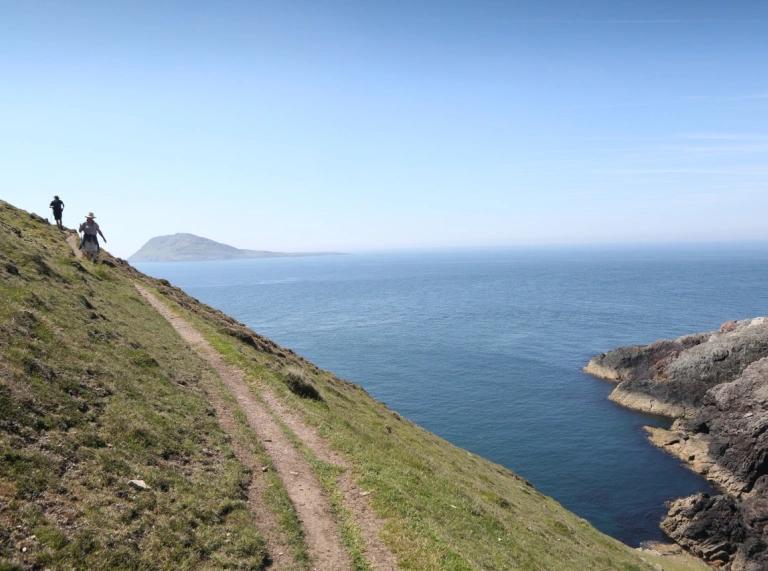
What is the international dialling code for the UK?
+44.
Emergency information
What is the emergency number?
In an emergency call 999 and ask for the service you require: fire, police, ambulance or the coast guard.
I need non-emergency medical and healthcare advice. What number should I call?
111. You may also want to visit the NHS 111 website.
Can I use my mobile phone?
Yes, your mobile phone should change to a UK network. Check charges with your supplier. Please be aware some remote areas of our countryside might not have a mobile signal.
It can be cheaper to buy a SIM card locally if your phone is unlocked. For more information see Visit Britain's Useful Information page.
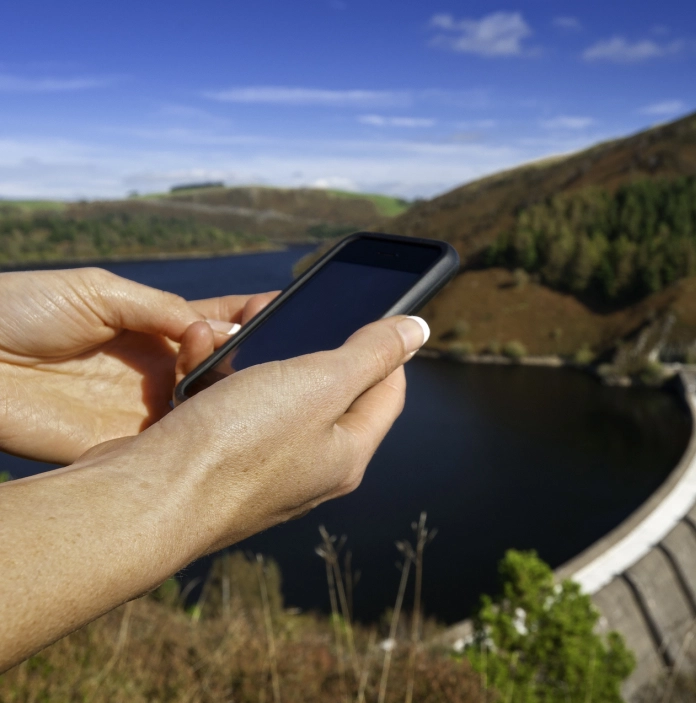
Will I be able to access the internet?
Free WiFi is widely available in hotels (check when booking) as well as in restaurants, cafés and visitor attractions. You should be able to access roaming data (check with your provider).
Can I still visit Cymru now that the UK has left the EU?
Yes. Check information on the UK Government website.
What is the electricity supply like?
It is very reliable with problems usually fixed quickly.
What type of electrical adapter will I need?
Type G.
Is it safe to drink the tap water?
Yes. In the UK drinking water must meet strict standards. See the Discover Water quality page for more information.
Help Cymru become the first Refill Nation by using nearby Refill Points to fill up your water bottle before you head off. Find out more, including how to download the free Refill app to find your nearest Refill Point on the Refill Wales website.
What is the legal drinking age in Cymru and how late are bars, pubs and nightclubs open?
You have to be over to 18 buy alcohol. If you look under 25 you may be asked for ID. Most pubs close at 11pm Monday to Saturday and 10.30pm on Sundays, with some closing later. Most night clubs close at around 2 or 3 am.
